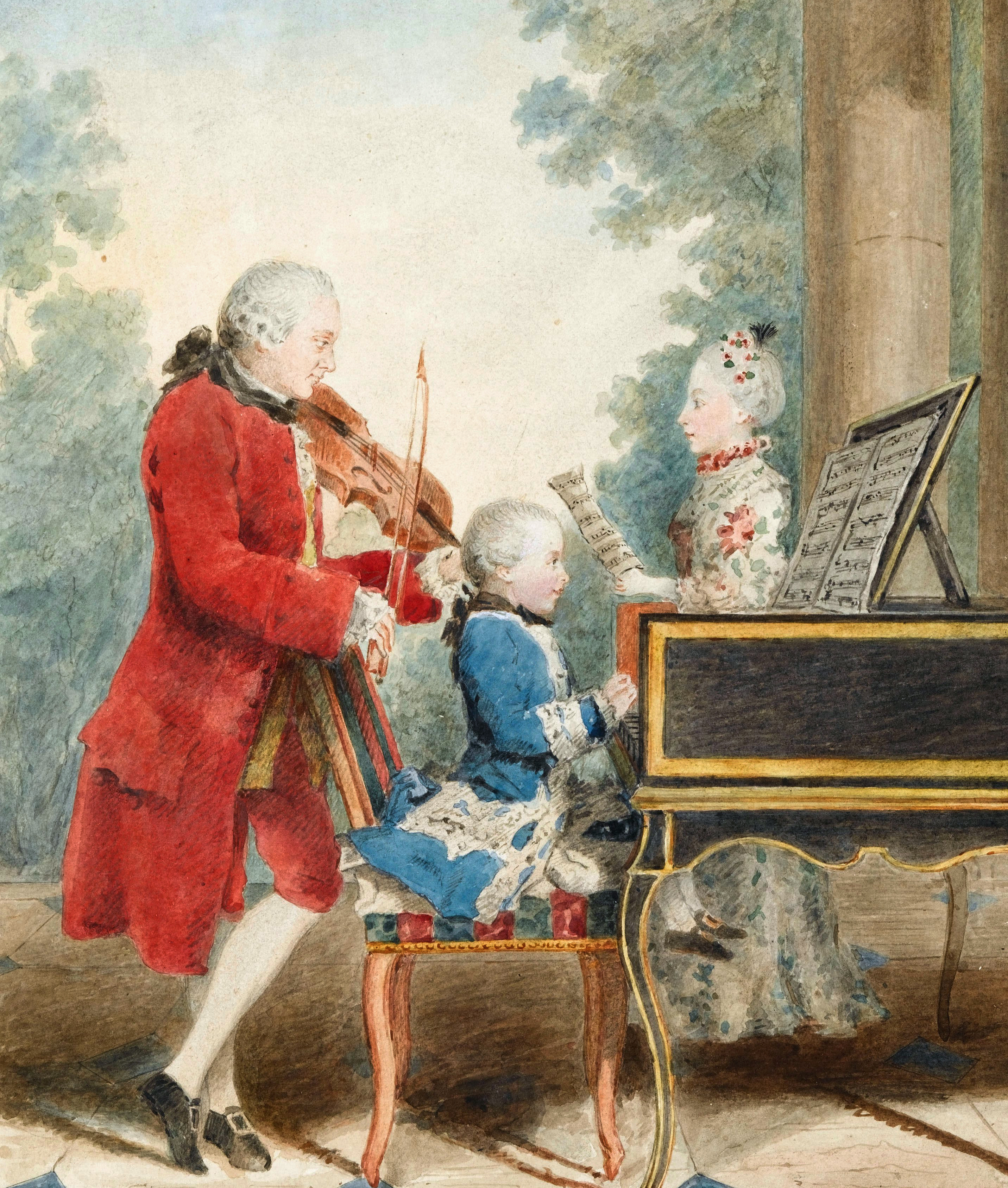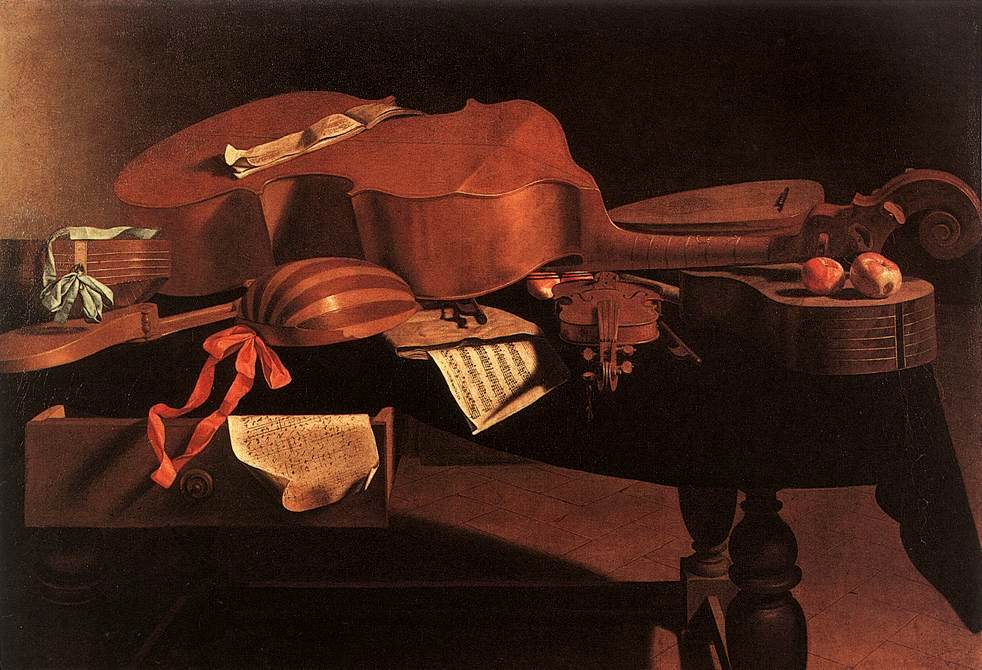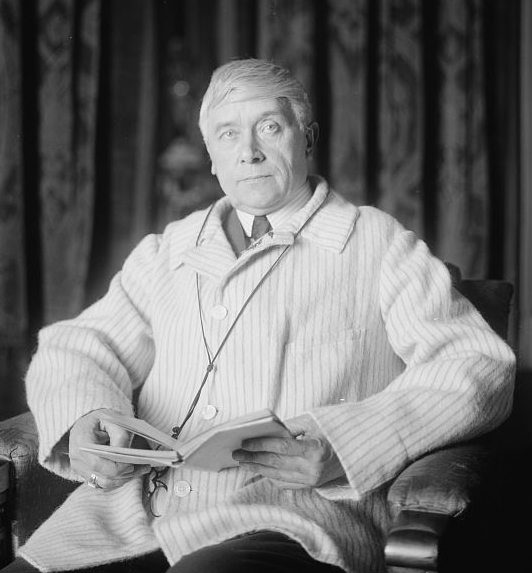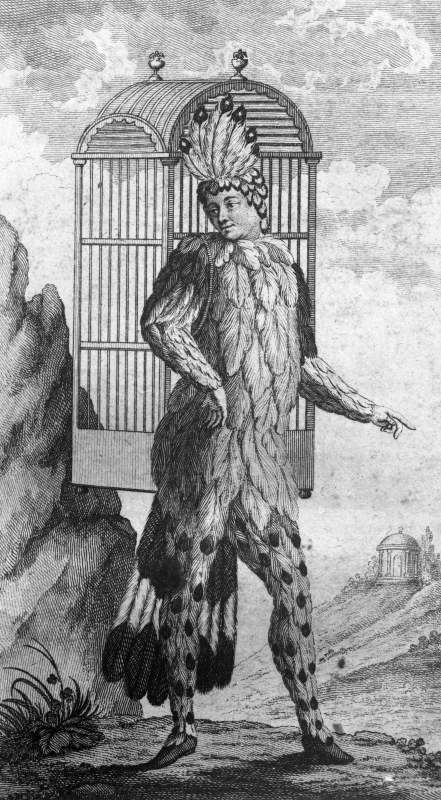|
Sunhae Im
Sunhae Im (; Hanja: 任善惠; born in 1976) is a South Korean soprano. She has been described as a bright and versatile lyric soprano with lightness and coloratura. She first gained her reputation in the field of early music and now performs a wide range of classical and non-classical music. Career Sunhae Im was born in Cheorwon County, Cheorwon, South Korea. She studied vocal music with Lokyung Pak at Seoul National University in South Korea and with Roland Hermann at the Hochschule für Musik Karlsruhe in Germany. In 1997 she was awarded the Grand Prix in the Korea Schubert Society–Munhwa Ilbo Competition (Seoul), the Grand Prix in the Korean Voice Competition (Seoul), the Second Prize in the Dong-A Music Competition (Seoul), and the Second Prize and the Audience Prize in the International Schubert Competition (Osaka, Tokyo). In 2000, she was a finalist in the Queen Elisabeth Competition (Brussels). She made her European debut with the conductor Philippe Herreweghe in Ant ... [...More Info...] [...Related Items...] OR: [Wikipedia] [Google] [Baidu] |
Kim (Korean Name)
Kim or KIM may refer to: Names * Kim (given name) * Kim (surname) ** Kim (Korean surname) *** Kim family (other), several dynasties **** Kim family (North Korea), the rulers of North Korea since Kim Il-sung in 1948 ** Kim, Vietnamese form of Jin (Chinese surname) Languages * Kim language, a language of Chad * Kim language (Sierra Leone), a language of Sierra Leone * kim, the ISO 639 code of the Tofa language of Russia Media * ''Kim'' (album), a 2009 album by Kim Fransson * "Kim" (song), 2000 song by Eminem * "Kim", a song by Tkay Maidza, 2021 * ''Kim'' (novel), by Rudyard Kipling ** ''Kim'' (1950 film), an American adventure film based on the novel ** ''Kim'' (1984 film), a British film based on the novel * "Kim" (''M*A*S*H''), a 1973 episode of the American television show ''M*A*S*H'' * ''Kim'' (magazine), defunct Turkish women's magazine (1992–1999) Organizations * Kenya Independence Movement, a defunct political party in Kenya * Khalifa Islamiyah Mindana ... [...More Info...] [...Related Items...] OR: [Wikipedia] [Google] [Baidu] |
Exsultate, Jubilate
' (Exult, rejoice), K. 165, is a 1773 motet by Wolfgang Amadeus Mozart. History This religious solo motet was composed when Mozart was staying in Milan during the production of his opera '' Lucio Silla'' which was being performed there in the Teatro Regio Ducale. It was written for the castrato Venanzio Rauzzini, who had sung the part of the '' primo uomo'' Cecilio in ''Lucio Silla'' the previous year. While waiting for the end of the run (from 26 December 1772 to 25 January 1773), Mozart composed the motet for his singer, whose technical excellence he admired. Its first performance took place at the Theatine Church on 17 January 1773, while Rauzzini was still singing in Mozart's opera at night. Mozart made some revisions around 1780. On 30 May 1779, a Trinity Sunday, a revised version was performed by Francesco Ceccarelli at the Holy Trinity Church, Salzburg. Another revised version was intended for Christmas. The manuscripts of the two Salzburg versions were discovered in 197 ... [...More Info...] [...Related Items...] OR: [Wikipedia] [Google] [Baidu] |
Classical Period (music)
The Classical period was an era of classical music between roughly 1750 and 1820. The Classical period falls between the Baroque and the Romantic periods. Classical music has a lighter, clearer texture than Baroque music, but a more sophisticated use of form. It is mainly homophonic, using a clear melody line over a subordinate chordal accompaniment, Blume, Friedrich. ''Classic and Romantic Music: A Comprehensive Survey''. New York: W. W. Norton, 1970 but counterpoint was by no means forgotten, especially in liturgical vocal music and, later in the period, secular instrumental music. It also makes use of ''style galant'' which emphasized light elegance in place of the Baroque's dignified seriousness and impressive grandeur. Variety and contrast within a piece became more pronounced than before and the orchestra increased in size, range, and power. The harpsichord was replaced as the main keyboard instrument by the piano (or fortepiano). Unlike the harpsichord, which plucks str ... [...More Info...] [...Related Items...] OR: [Wikipedia] [Google] [Baidu] |
Baroque Music
Baroque music ( or ) refers to the period or dominant style of Western classical music composed from about 1600 to 1750. The Baroque style followed the Renaissance period, and was followed in turn by the Classical period after a short transition, the galant style. The Baroque period is divided into three major phases: early, middle, and late. Overlapping in time, they are conventionally dated from 1580 to 1650, from 1630 to 1700, and from 1680 to 1750. Baroque music forms a major portion of the "classical music" canon, and is now widely studied, performed, and listened to. The term "baroque" comes from the Portuguese word ''barroco'', meaning " misshapen pearl". The works of George Frideric Handel and Johann Sebastian Bach are considered the pinnacle of the Baroque period. Other key composers of the Baroque era include Claudio Monteverdi, Domenico Scarlatti, Alessandro Scarlatti, Antonio Vivaldi, Henry Purcell, Georg Philipp Telemann, Jean-Baptiste Lully, Jean-Philippe R ... [...More Info...] [...Related Items...] OR: [Wikipedia] [Google] [Baidu] |
Historically-informed Performance
Historically informed performance (also referred to as period performance, authentic performance, or HIP) is an approach to the performance of classical music, which aims to be faithful to the approach, manner and style of the musical era in which a work was originally conceived. It is based on two key aspects: the application of the stylistic and technical aspects of performance, known as performance practice; and the use of period instruments which may be reproductions of historical instruments that were in use at the time of the original composition, and which usually have different timbre and temperament from their modern equivalents. A further area of study, that of changing listener expectations, is increasingly under investigation. Given no sound recordings exist of music before the late 19th century, historically informed performance is largely derived from musicological analysis of texts. Historical treatises, pedagogic tutor books, and concert critiques, as well as a ... [...More Info...] [...Related Items...] OR: [Wikipedia] [Google] [Baidu] |
Pelléas Et Mélisande (opera)
''Pelléas et Mélisande'' (''Pelléas and Mélisande'') is an opera in five acts with music by Claude Debussy. The French libretto was adapted from Maurice Maeterlinck's symbolist play of the same name. It premiered at the Salle Favart in Paris by the Opéra-Comique on 30 April 1902; Jean Périer was Pelléas and Mary Garden was Mélisande, conducted by André Messager, who was instrumental in getting the Opéra-Comique to stage the work. The only opera Debussy ever completed, it is considered a landmark in 20th-century music. The plot concerns a love triangle. Prince Golaud finds Mélisande, a mysterious young woman, lost in a forest. He marries her and brings her back to the castle of his grandfather, King Arkel of Allemonde. Here Mélisande becomes increasingly attached to Golaud's younger half-brother Pelléas, arousing Golaud's jealousy. Golaud goes to excessive lengths to find out the truth about Pelléas and Mélisande's relationship, even forcing his own child, Yniold ... [...More Info...] [...Related Items...] OR: [Wikipedia] [Google] [Baidu] |
Die Fledermaus
' (, ''The Flittermouse'' or ''The Bat'', sometimes called ''The Revenge of the Bat'') is an operetta composed by Johann Strauss II to a German libretto by Karl Haffner and Richard Genée, which premiered in 1874. Background The original literary source for ' was ' (''The Prison''), a farce by German playwright Julius Roderich Benedix that premiered in Berlin in 1851. On 10 September 1872, a three-act French vaudeville play by Henri Meilhac and Ludovic Halévy, ', loosely based on the Benedix farce, opened at the Théâtre du Palais-Royal. Meilhac and Halévy had provided several successful libretti for Offenbach and ''Le Réveillon'' later formed the basis for the 1926 silent film '' So This Is Paris'', directed by Ernst Lubitsch. Meilhac and Halévy's play was soon translated into German by Karl Haffner (1804–1876), at the instigation of Max Steiner, as a non-musical play for production in Vienna. The French custom of a New Year's Eve ''réveillon'', or supper party ... [...More Info...] [...Related Items...] OR: [Wikipedia] [Google] [Baidu] |
Die Entführung Aus Dem Serail
' () ( K. 384; ''The Abduction from the Seraglio''; also known as ') is a singspiel in three acts by Wolfgang Amadeus Mozart. The German libretto is by Gottlieb Stephanie, based on Christoph Friedrich Bretzner's ''Belmont und Constanze, oder Die Entführung aus dem Serail''. The plot concerns the attempt of the hero Belmonte, assisted by his servant Pedrillo, to rescue his beloved Constanze from the seraglio of Pasha Selim. The work premiered on 16 July 1782 at the Vienna Burgtheater, with the composer conducting. Origins The company that first sponsored the opera was the ''Nationalsingspiel'' ("national Singspiel"), a pet project (1778–1783) of the Austrian emperor Joseph II. The Emperor had set up the company to perform works in the German language (as opposed to the Italian opera style widely popular in Vienna). This project was ultimately given up as a failure, but along the way it produced a number of successes, mostly a series of translated works. Mozart's opera emerged ... [...More Info...] [...Related Items...] OR: [Wikipedia] [Google] [Baidu] |
The Magic Flute
''The Magic Flute'' (German: , ), K. 620, is an opera in two acts by Wolfgang Amadeus Mozart to a German libretto by Emanuel Schikaneder. The work is in the form of a ''Singspiel'', a popular form during the time it was written that included both singing and spoken dialogue. The work premiered on 30 September 1791 at Schikaneder's theatre, the Freihaus-Theater auf der Wieden in Vienna, just two months before the composer's premature death. Still a staple of the opera repertory, its popularity was reflected by two immediate sequels, Peter Winter's ''Das Labyrinth oder Der Kampf mit den Elementen. Der Zauberflöte zweyter Theil'' (1798) and a fragmentary libretto by Johann Wolfgang von Goethe titled ''The Magic Flute Part Two''. The allegorical plot was influenced by Schikaneder and Mozart's interest in Freemasonry and concerns the initiation of Prince Tamino. Enlisted by the Queen of the Night to rescue her daughter Pamina from the high priest Sarastro, Tamino comes to a ... [...More Info...] [...Related Items...] OR: [Wikipedia] [Google] [Baidu] |
Don Giovanni
''Don Giovanni'' (; K. 527; Vienna (1788) title: , literally ''The Rake Punished, or Don Giovanni'') is an opera in two acts with music by Wolfgang Amadeus Mozart to an Italian libretto by Lorenzo Da Ponte. Its subject is a centuries-old Spanish legend about a libertine as told by playwright Tirso de Molina in his 1630 play '' El burlador de Sevilla y convidado de piedra''. It is a ''dramma giocoso'' blending comedy, melodrama and supernatural elements (although the composer entered it into his catalogue simply as ''opera buffa''). It was premiered by the Prague Italian opera at the National Theater (of Bohemia), now called the Estates Theatre, on 29 October 1787. ''Don Giovanni'' is regarded as one of the greatest operas of all time and has proved a fruitful subject for commentary in its own right; critic Fiona Maddocks has described it as one of Mozart's "trio of masterpieces with librettos by Da Ponte". Composition and premiere The opera was commissioned after the succes ... [...More Info...] [...Related Items...] OR: [Wikipedia] [Google] [Baidu] |
Staatsoper Hannover
Hanover State Opera (german: Staatsoper Hannover) is an opera company in Hanover, the state capital of Lower Saxony, Germany. The company is resident in the Hanover Opera House (), and is part of a publicly-funded umbrella performing arts organisation called Hanover State Theatre of Lower Saxony (), or simply Hanover State Theatre (). Hanover State Theatre comprises the following divisions that put on operas, stage productions, and concert programs, in addition to maintaining a theatre museum, with seasons running from September through to June. Hanover Opera House Hanover State Opera is resident in the Hanover Opera House, built in classical style between 1845 and 1852 based on a plan by Georg Ludwig Friedrich Laves. The building was rebuilt from 1948 after being badly damaged by the aerial bombings of Hanover during World War II. In 1985, the acoustics were improved, and between 1996 and 1998, the stage facilities were renovated. The International Choreographic Competitio ... [...More Info...] [...Related Items...] OR: [Wikipedia] [Google] [Baidu] |
Claudio Monteverdi
Claudio Giovanni Antonio Monteverdi (baptized 15 May 1567 – 29 November 1643) was an Italian composer, choirmaster and string player. A composer of both secular and sacred music, and a pioneer in the development of opera, he is considered a crucial transitional figure between the Renaissance and Baroque periods of music history. Born in Cremona, where he undertook his first musical studies and compositions, Monteverdi developed his career first at the court of Mantua () and then until his death in the Republic of Venice where he was ''maestro di cappella'' at the basilica of San Marco. His surviving letters give insight into the life of a professional musician in Italy of the period, including problems of income, patronage and politics. Much of Monteverdi's output, including many stage works, has been lost. His surviving music includes nine books of madrigals, large-scale religious works, such as his ''Vespro della Beata Vergine'' (''Vespers for the Blessed Virgin'') ... [...More Info...] [...Related Items...] OR: [Wikipedia] [Google] [Baidu] |








.jpg)